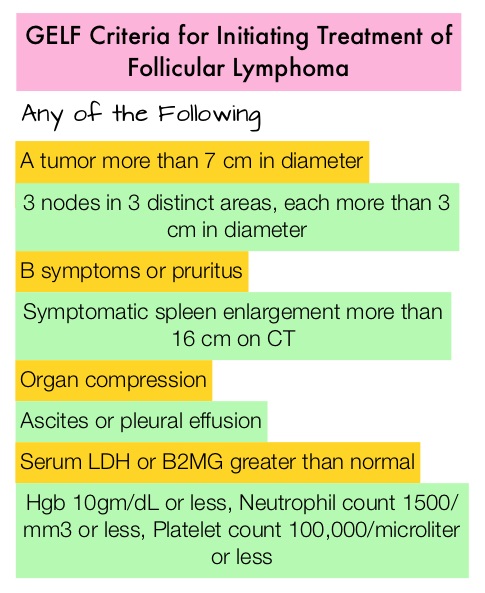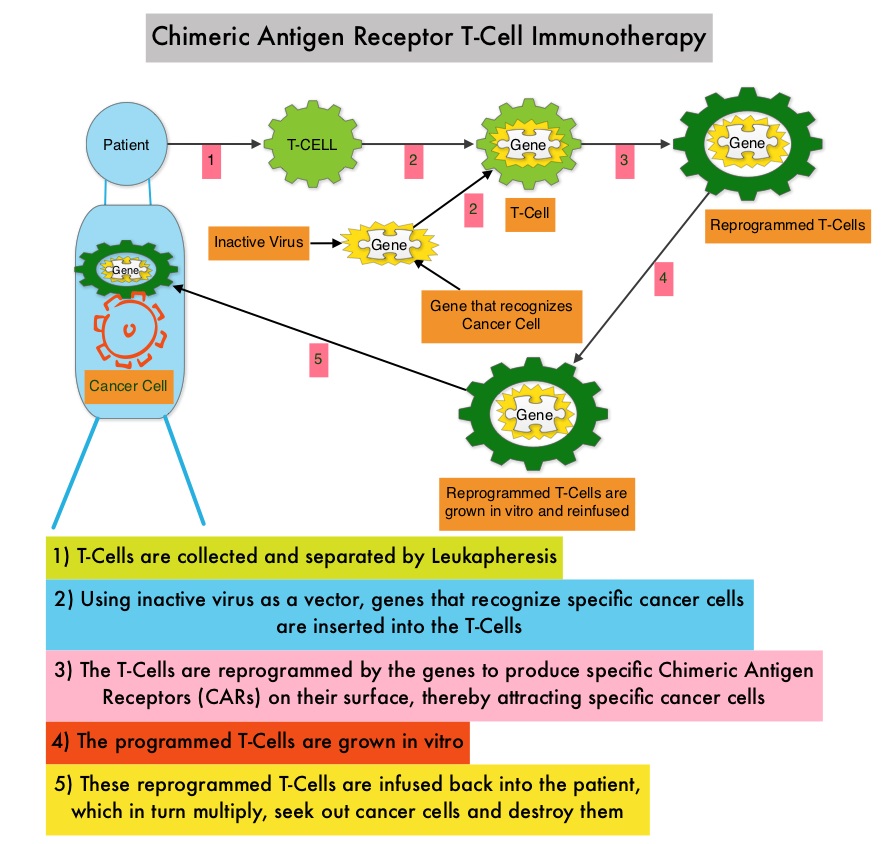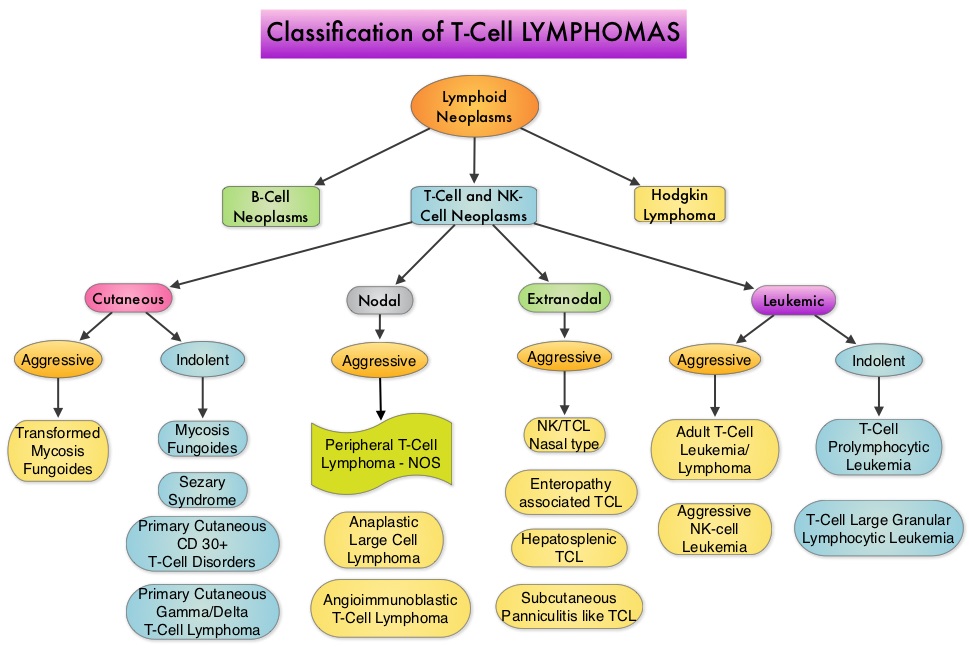SUMMARY: The American Cancer Society estimates that in 2019, about 74,200 people will be diagnosed with Non Hodgkin Lymphoma (NHL) in the United States and about 19,970 individuals will die of this disease. Diffuse Large B-Cell Lymphoma (DLBCL) is the most common of the aggressive Non-Hodgkin lymphoma’s in the United States, and the incidence has steadily increased 3-4% each year. More than half of patients are 65 or older at the time of diagnosis and the incidence is likely to increase with the aging of the American population. The etiology of Diffuse Large B-Cell Lymphoma is unknown. Contributing risk factors include immunosuppression (AIDS, transplantation setting, autoimmune diseases), UltraViolet radiation, pesticides, hair dyes, and diet. DLBCL is a neoplasm of large B cells and the most common chromosome abnormality involves alterations of the BCL-6 gene at the 3q27 locus, which is critical for germinal center formation. Two major molecular subtypes of DLBCL arising from different genetic mechanisms have been identified, using gene expression profiling: Germinal Center B-cell-like (GCB) and Activated B-Cell-like (ABC). Patients in the GCB subgroup have a higher five year survival rate, independent of clinical IPI (International Prognostic Index) risk score, whereas patients in the ABC subgroup have a significantly worse outcome. Regardless, R-CHOP regimen (RITUXAN®-Rituximab, Cyclophosphamide, Doxorubicin, Vincristine, and Prednisone), given every 21 days, for 6 cycles, delivered with curative intent, is the current standard of care for patients of all ages, with newly diagnosed DLBCL, regardless of molecular subtype. The MInT trial (MabThera International Trial Group) published in The Lancet Oncology in 2006 established that for a subgroup of young DLBCL patients with favorable prognosis (age-adjusted International Prognostic Index (aaIPI) of 0 and no bulky disease, 6 cycles CHOP-like chemotherapy plus RITUXAN® resulted in a 3-year Event Free Survival of 89%, Progression Free Survival of 95% and Overall Survival of 98% (Lancet Oncol 2006;7:379-391).
The International Prognostic Index includes the following risk factors and one point is assigned to each risk factor (Age greater than 60 years, ECOG PS of 2, 3 or 4, elevated serum LDH, more than one Extranodal site and Stages III or IV disease). Age-Adjusted IPI is a simplified version and can be used when comparing patients within an age group (i.e. 60 years or younger, or over 60 years) and includes only 3 of the above factors (Performance Status, LDH and Stage).
Treatment with CHOP-like chemotherapy can result in delayed toxicities including cardiotoxicity and second malignancies. De-escalating chemotherapy can reduce toxicities and cost, while improving patient convenience. The authors conducted the FLYER trial to evaluate whether a shorter chemotherapy course of 4 cycles of R-CHOP plus 2 cycles of RITUXAN® alone was non-inferior to the standard treatment of 6 cycles of R-CHOP.
The FLYER trial is an international, multicenter, randomized phase III study in which 592 treatment naïve patients with favorable risk (age 18-60 years, tumor size less than 7.5 cm), Stage I or II DLBCL, were randomly assigned to receive either 6 cycles of R-CHOP, or 4 cycles of R-CHOP plus 2 cycles of RITUXAN®. For this final analysis, 588 patients were evaluable. Each treatment cycle was 21 days. Radiotherapy was not part of the planned treatment, with the exception of prophylactic radiotherapy of the contralateral testis, in patients with Testicular lymphoma. Both treatment groups were well balanced. The mean age was 48 years, 99% were classified as IPI = 0 and 1% as IPI = 1. The Primary endpoint was Progression Free Survival (PFS).
At a median follow up of 66 months, there was no significant difference in the PFS between the two treatment groups (P=0.76). The 3-year Progression Free Survival (PFS) rate was 94% for patients who received 6 cycles of R-CHOP (N=295) compared with 96% for those who received 4 cycles of R-CHOP followed by 2 cycles of RITUXAN® (N=293). The 3-year Overall Survival (OS) rate was 98% among those who received 6 cycles of R-CHOP versus 99% for those who received 4 cycles of R-CHOP followed by 2 cycles of RITUXAN® (P=0.89). There was also no significant difference in the Relapse Rate between the two treatment groups (4-5%). Grade 3 and 4 nonhematologic as well as hematologic Adverse Events were higher in those patients who received 6 cycles of R-CHOP versus the 4 cycles of R-CHOP.
The authors concluded that in this randomized, noninferiority, phase III study, 2 fewer cycles of R-CHOP greatly reduced toxicity without compromising efficacy, in young treatment naïve patients, with low-risk Diffuse Large B-Cell Lymphoma. Data on outcomes in the Germinal Center B-cell-like (GCB) versus Activated B-Cell-like (ABC) subsets is not available. Excellent outcome of young patients (18-60 years) with favourable-prognosis diffuse large B-cell lymphoma (DLBCL) treated with 4 cycles CHOP plus 6 applications of rituximab: results of the 592 patients of the FLYER trial of the Dshnhl/GLA. Poeschel V, Held G, Ziepert M, et al. Presented at ASH Annual Meeting and Exposition: December 4-8, 2018; San Diego, California. Abstract 781.



